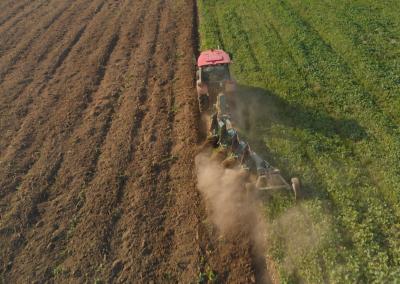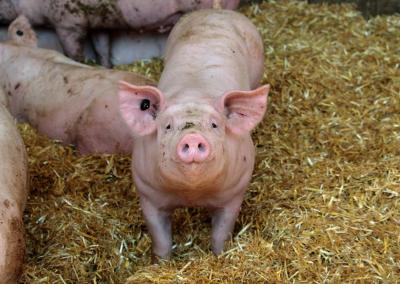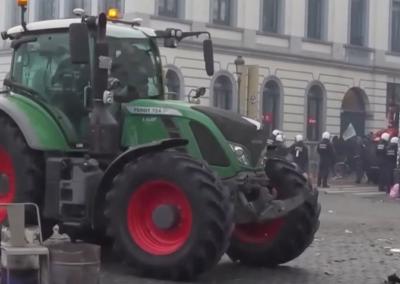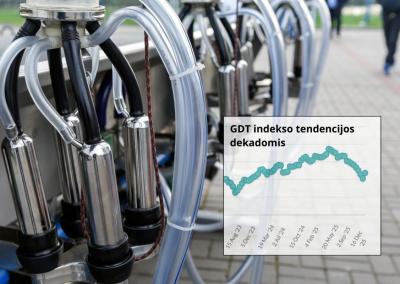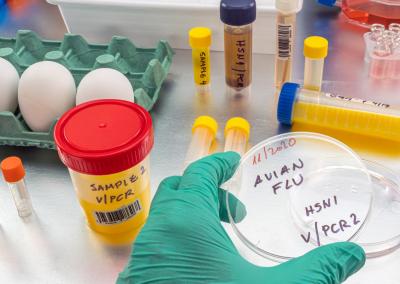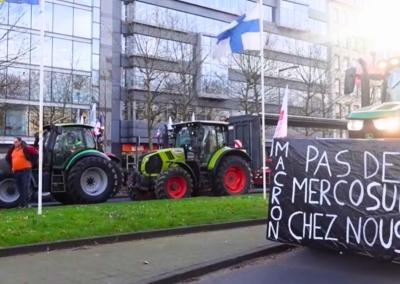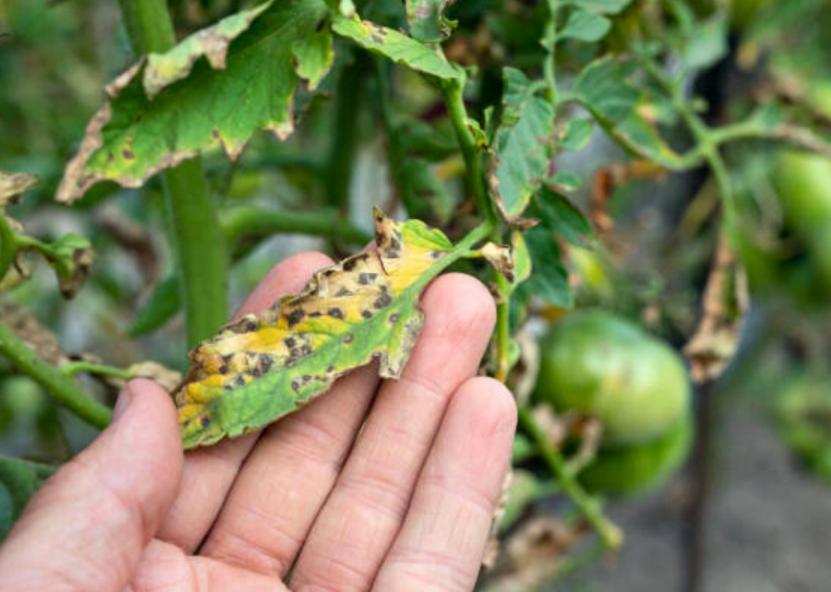Tomato problems in July - no sprouts, yellowing leaves. How to combat this
It's July and the tomatoes haven't yet ripened. What to do? In June, tomatoes are usually already forming fruit clusters on the first two bunches. But what if the tomato bushes haven't done that yet and you don't have the first tomato fruit in early July? What to do?
Why didn't the tomatoes set fruit until July
The main reason may be that tomato plants planted in open ground or in light greenhouses froze during the frosts in May and overheated from the heat in June.
Tomatoes planted in beds and plastic greenhouses do often freeze during the May night frosts. This is evidenced by white leaves and a depressed appearance. In polycarbonate greenhouses, tomatoes withstand frost well.
If the weather has been a little cool in late May and up to mid-June, but generally warm, then tomatoes will recover outdoors (provided they have not had a catastrophic freeze), including under plastic sheeting.
When hot days have started from mid-June, with temperatures of around +30°C, tomatoes in the open bed and under the plastic have recovered and grown leaves and blossoms. Tomatoes in polycarbonate greenhouses, on the other hand, start to overheat and "burn”.
Tomatoes that froze in May simply don't have time to recover sufficiently before the end of June. They will not have developed masses and blossomed, so by early July there is still no fruit on them, and hardly any at all. Some of them may have died. All that is left to replace them in July is to plant flowers, dill, lettuce.
Experienced growers know that tomatoes are equally threatened by frost and heat above +28°C. If the gardener has not come to the plot during the heat to open the greenhouse for ventilation and cooled the tomatoes, they will overheat and the pollen will become sterile.
In hot weather, when daytime temperatures are above +26°C, the tomato greenhouse should be open all day and ventilated. For a glass or film greenhouse, an open door on one side of the greenhouse will suffice, but for a polycarbonate greenhouse, just opening the door will not be enough as it is always hotter. Provide the tomatoes with air. One polycarbonate wall can be removed from the back of the greenhouse and the door can be opened on the other. You can put the back wall back in place in August.Water your tomatoes in hot weather. And be sure to mulch their roots. But don't use freshly mown grass for mulch. Straw is a better mulch. Spray tomatoes with a seedling stimulator.
If the tomatoes set late (July)
Suppose a gardener managed to revive his tomatoes and they budded in July (with a delay). The next concern is that the tomato fruit is green and summer is coming to an end. Something needs to be done again to save the crop.
In such cases, the back wall of the greenhouse needs to be put back (if it was removed during the heat). Cover tomatoes growing in an open bed with plastic sheeting. Take measures to protect the tomatoes from night frosts (this will also protect them from phytophthora). Cover at night, uncover during the day.
Water late tomatoes less frequently and only in the morning to allow the greenhouse time to dry out after watering.
Cut off all excess green plant matter (crown, lower leaves).
Try to keep the tomato fruit on the bushes as long as possible. However, in the event of inclement weather (frost, rain), pick the green fruit – you will ripen them indoors. Preserve some of the fruit raw and some of it on a sunny windowsill for ripening.
Yellowed tomato leaves
When tomato leaves turn yellow, it always causes a little panic for growers, especially newcomers. But in most cases, the cause of tomato leaf yellowing can be easily solved (e.g. improper watering), or it may not be a cause for concern at all (e.g. yellowing of the leaves when the crop is ripe – it just means the end of the tomato season. When the leaves start to yellow and fall, you can cut off all the new and dying leaves to encourage the tomato fruit to ripen).
Yellowing lower leaves of tomato plants
This is indeed sometimes the case for the leaves of seedlings, especially the lower leaves. If you are sure of proper care, have not over-fertilised and have not kept your seedlings in an overly hot room, then your tomatoes are fine. But the bottom two leaves will yellow and fall off quickly – they are split leaves and this is normal for them. This is a natural part of the tomato's development.
Tomato leaves yellow and curl in the greenhouse
The most likely cause of yellowing of healthy tomato leaves in the greenhouse is incorrect watering. Many growers make the mistake of sometimes watering tomatoes superficially and frequently, but most often by not watering at all.
Excess water in the soil can suffocate the roots and cause them to rot. As these roots suffer, and as the soil is less oxygenated, the leaves also lack oxygen, turning yellow and dropping. This is particularly common if:
• you water your tomatoes while the topsoil is still wet, or if the soil has become waterlogged.
• the leaves droop and the plant struggles to remain upright.
Feed only when the plant absolutely needs it – when the top 10-12 cm of soil has dried out. Water in the morning hours to prevent evaporation of moisture and sunburn of wet parts of the plant. Water slowly and deeply around the roots, not the leaves, to thoroughly saturate the soil and encourage deep root growth.
If tomatoes have been in water for a long time – root rot can occur. Unfortunately, it is very difficult to save the plants at this stage. You can dig up the plant, remove the rotten parts of the roots and replant in new soil or take tomato cuttings. Success depends on how many strong and healthy shoots remain.
Leaves have yellowed due to dense soil and lack of oxygen
This problem occurs when the soil around young tomatoes is insufficiently aerated. The roots do not get enough oxygen and begin to suffocate. The roots are then unable to carry oxygen, water and other nutrients to the whole plant. This causes the leaves to turn yellow, which is a sign that the plant is about to die.
Depending on how rooted your tomatoes are, you can aerate the soil by lightly shaking it. Tomatoes are best planted in tilled soil that has been fertilised with organic matter. And of course, do not trample the beds and put tables between the plants – this will prevent soil compaction. Mulch tomatoes.


